Custom drapery is a great way to express your own creative ideas at home. In this blog from Graham’s & Son Interiors, we will look at the different kinds of drapes and curtains, how different sizes & colours suit various windows and rooms, and what Graham’s provides for custom drapery.
2. Tailoring Drapes For Any Room
3. Custom Drapery From Graham’s
Click on the links above to learn more or contact an expert at Graham’s to discuss custom drapery and several other window treatments for your home!
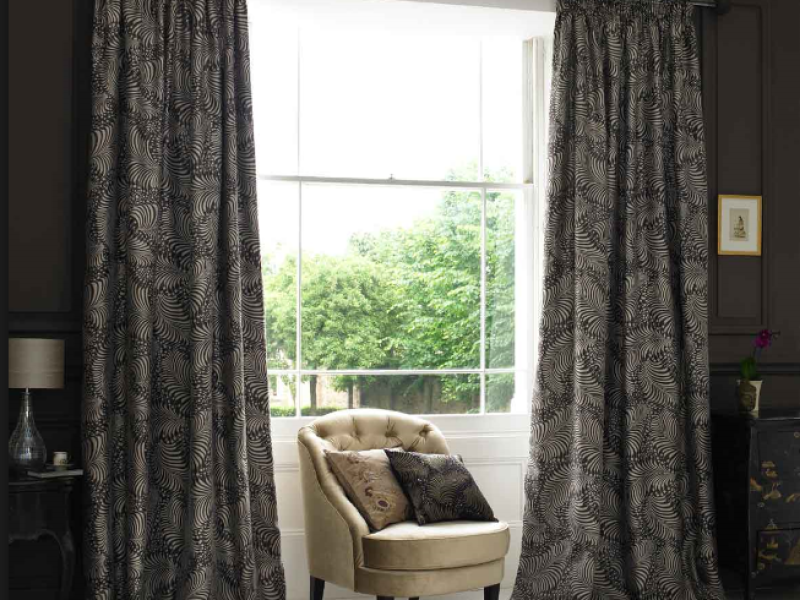
Choose your own fabric and hardware with custom drapery from Graham’s & Son Interiors!
Custom Drapery Guide
1. Types of Drapes & Curtains
In this section, we’ll look at what drapes and curtains are and the different types that are available. If you are interested in custom drapery, you may be asking the following questions:
Is There a Difference Between Curtains and Drapes?
Drapes & curtains are two words that are often interchanged, so let’s first start by understanding what some people mean when they use these words. Both window treatments are made from large pieces of fabric which are hung from a rod (also wire, rope or knobs) and swung open or shut.
They can be made from heavy and thick materials or light and sheer materials. When someone differentiates between curtains and drapes it is because drapes more specifically refer to thick panels of fabric that drop all the way to the floor (they drape down). Curtains, on the other hand, are generally cut to fit the size of a window; however, most times we think of curtains and drapes as the same thing.
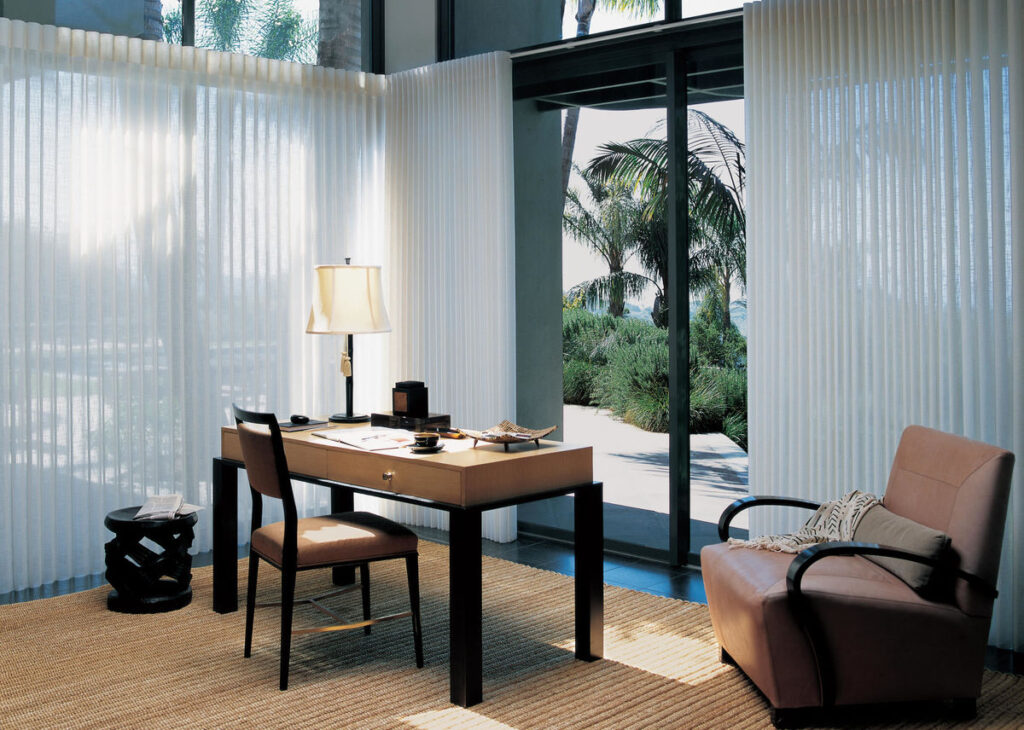

Some people consider drapes to be a thicker, heavier fabric that is floor-length.
What Kind of Drapes and Curtains are There?
Drapes and curtains come in a variety of styles. We’ve already touched on the fact that they come in a variety of fabrics and can be hung in different ways.
Here are some of the main styles you’ll see. The styles of drapes are based primarily on how the fabric is sewn at the top and formed to attach to the rod (or other means), whether the fabric is gathered in pleats or not, how it is pleated or sewn at the top of the fabric panel, etc. The bottom section of drapery is quite consistent, usually sewn as a double-turned hem or a Eurohem. Let’s look at a few common styles.
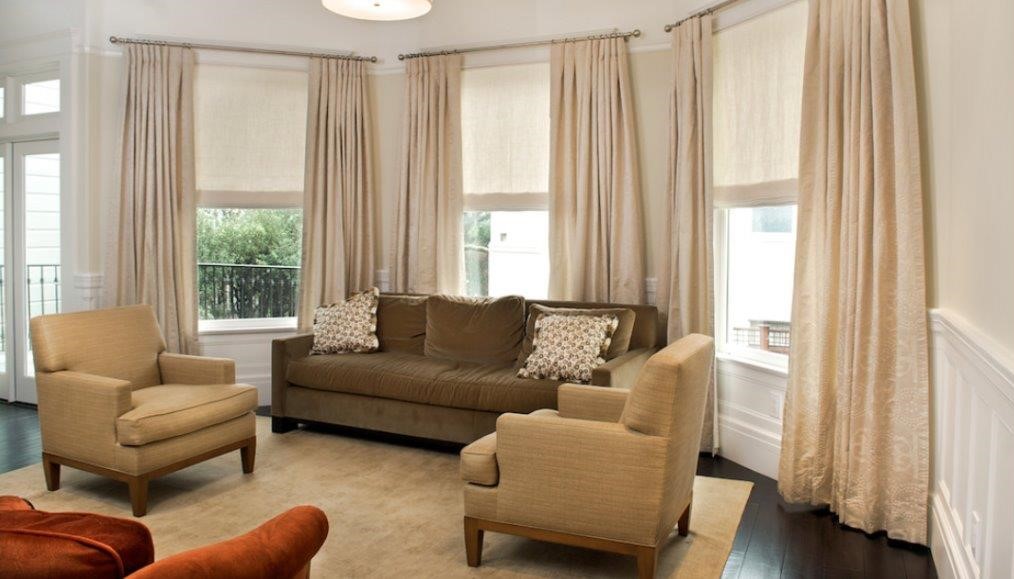
The picture above features Bohemian Pleat Drapery.
Pleated Drapes
This style of drapery is the classic style you have likely seen at some point. This traditional look features a decorative header of evenly-spaced sections of the panel that have been gathered together, pinched and then sewn to create folds that stack when closed. The standard pinch pleat is a 3-finger pinch pleat, meaning the fabric has 3 folds that when pinched together form a fan. Other pleated drapes include the following types:
- Bohemian Pleat Draperies: The pleat only fans out from the bottom while the top is tacked and attached to rings. This is a more minimalist/contemporary design.
- Goblet Pleat Draperies: The pleating above the pinch is embellished with stiff paper or cardboard to make the pleat look like a goblet or wine glass
- Pencil & Cartridge Pleats: Pencil pleats are thin single pleats while cartridge pleats are single pleats that have been spaced widely.

The curtains above feature ringed or grommet panels of fabric.
Ringed / Grommet Drapes
Rod-Pocket Panel Drapes
This type of drape is more casual and is designed by sewing a channel at the top hem of the fabric through which the curtain rod can pass. The fabric will naturally bunch to form a decorative header. Some rod-pocket panels may have a straight-top or ruffled header.
Tab-Top Panel Drapes

Designers generally advise you to install curtains that skim the floor or window sill.
2. Tailoring Drapes For Any Room
There are numerous factors that go into how to size your custom drapery. First, let’s look at two basic factors, height and width.
Height
On average, no matter what the height of your ceiling is, the curtain rod should be a minimum of 2 inches above the window frame.
If you wish to create an illusion and make your windows look bigger, you can go between 4 and 12 inches above the window frame (depending on how much room you have).
Length
Curtains come in standard lengths and most designers will advise you to let them skim the floor. The general guide is to let them fall to between a ¼-inch and a ½-inch from the floor.
This will look different depending on whether you want to frame the window with a short curtain skimming the window sill or a dramatic effect where the drapes puddle on the floor.
Sometimes it is just not practical to have long curtains. You may have kitchen or bathroom counters to consider, furniture or even radiators.
Consider the Style of Your Room
Keep in mind that the style of drapes you choose should reflect the room you are styling. Here are some examples:
- If you have a traditional living room, you may want to opt for pinch-pleated curtains.
- If you have a modern kitchen, you might want some ringed draperies with metal grommets.
- If you are styling the bedroom, you may want to invest in blackout curtains, and heavy and thick drapes to block light out and help you sleep
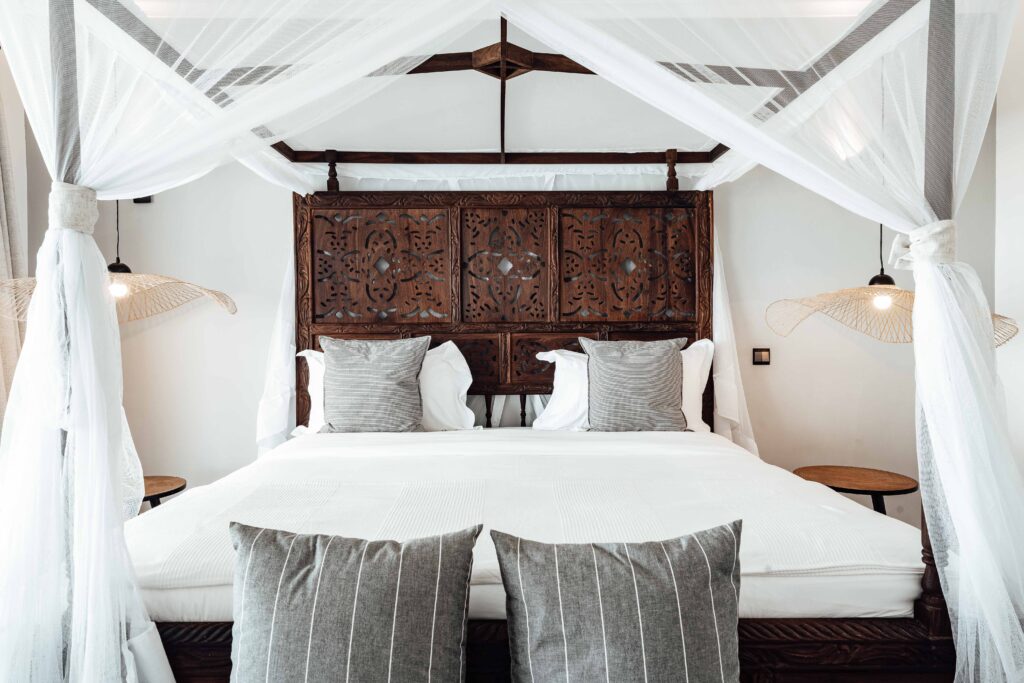
Don’t limit drapes or curtains – they can be used in new and creative ways like you see as this romantic canopy.
(Image Source: Keegan Checks)
Creative Ways To Add Drapes
With a wide variety of fabrics, colours and patterns to choose from, there are many ways to incorporate custom drapery in your home. Here are some ways you can use drapes aside from dressing your windows with them!
- As an alternative to wall-paper or painted accent wall – create an accent wall or a beautiful backdrop with fabric instead of paint or wallpaper
- As room dividers or doors – you can even create a walk-in closet!
- As patio shades
- As a canopy for 4 poster beds
- As closet or cabinet doors – create privacy or hide what’s stored away below in cupboards and shelving
Whatever you decide to do with drapes, have fun! It is a very versatile window treatment. Just be sure to measure it accurately when installing them. Better yet, contact a professional to install your window treatments!
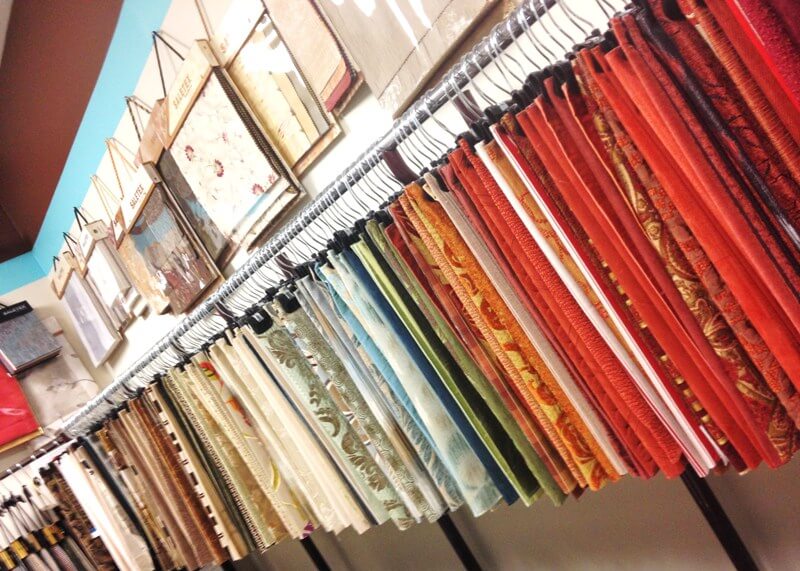
Come visit our showroom! Graham’s can help you find custom drapery in styles that suit you.
3. Custom Drapery From Graham's
Graham’s & Son Interiors is a local, family-owned business that has been specializing in window treatments for almost 50 years! Providing custom drapery, Graham’s offers clients a wide variety of fabrics to choose from and the opportunity to have them made to the specific measurements of your windows and rooms.
When you work with Graham’s, your interior designer will come and provide you with:
- A FREE In-home consultation
- Complete measurements
- Material ordering
- Professional installation

